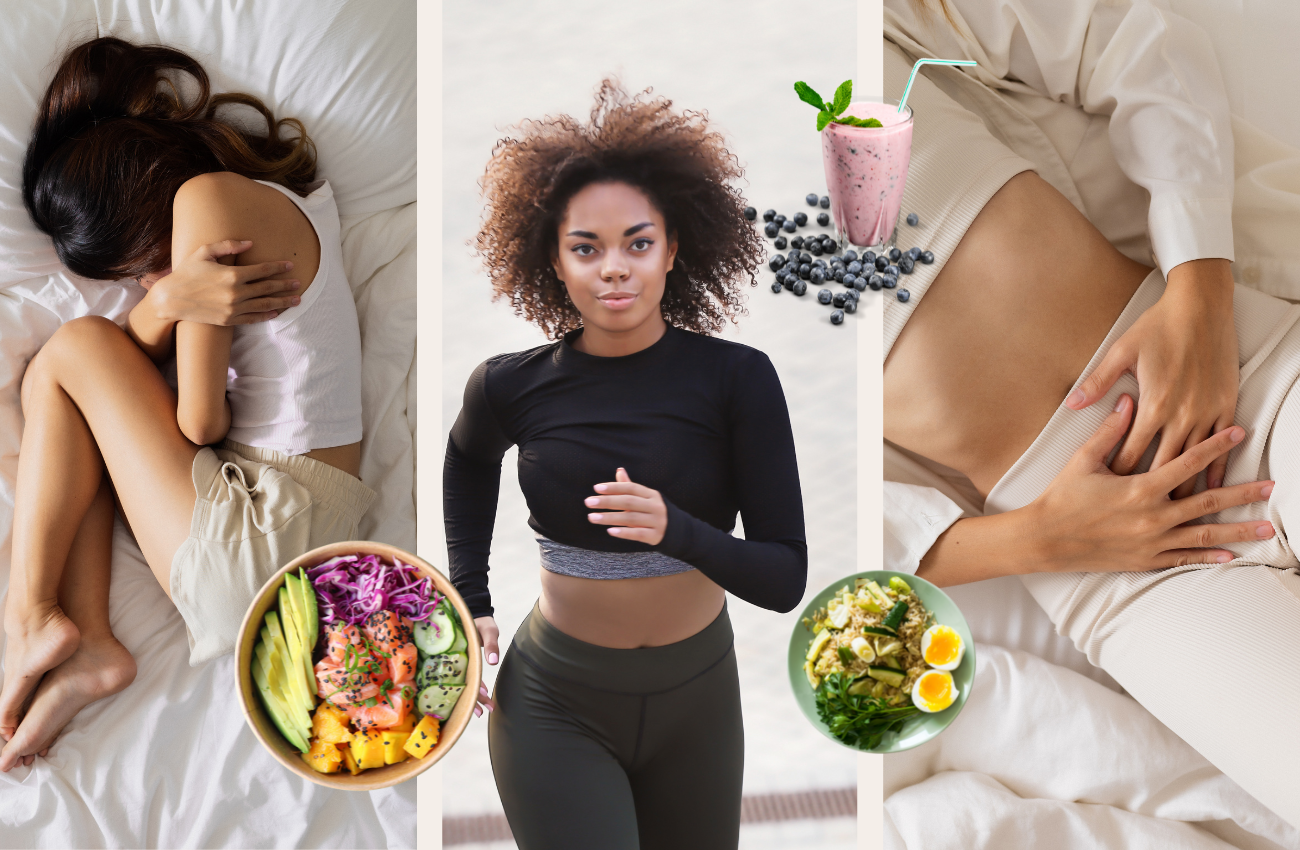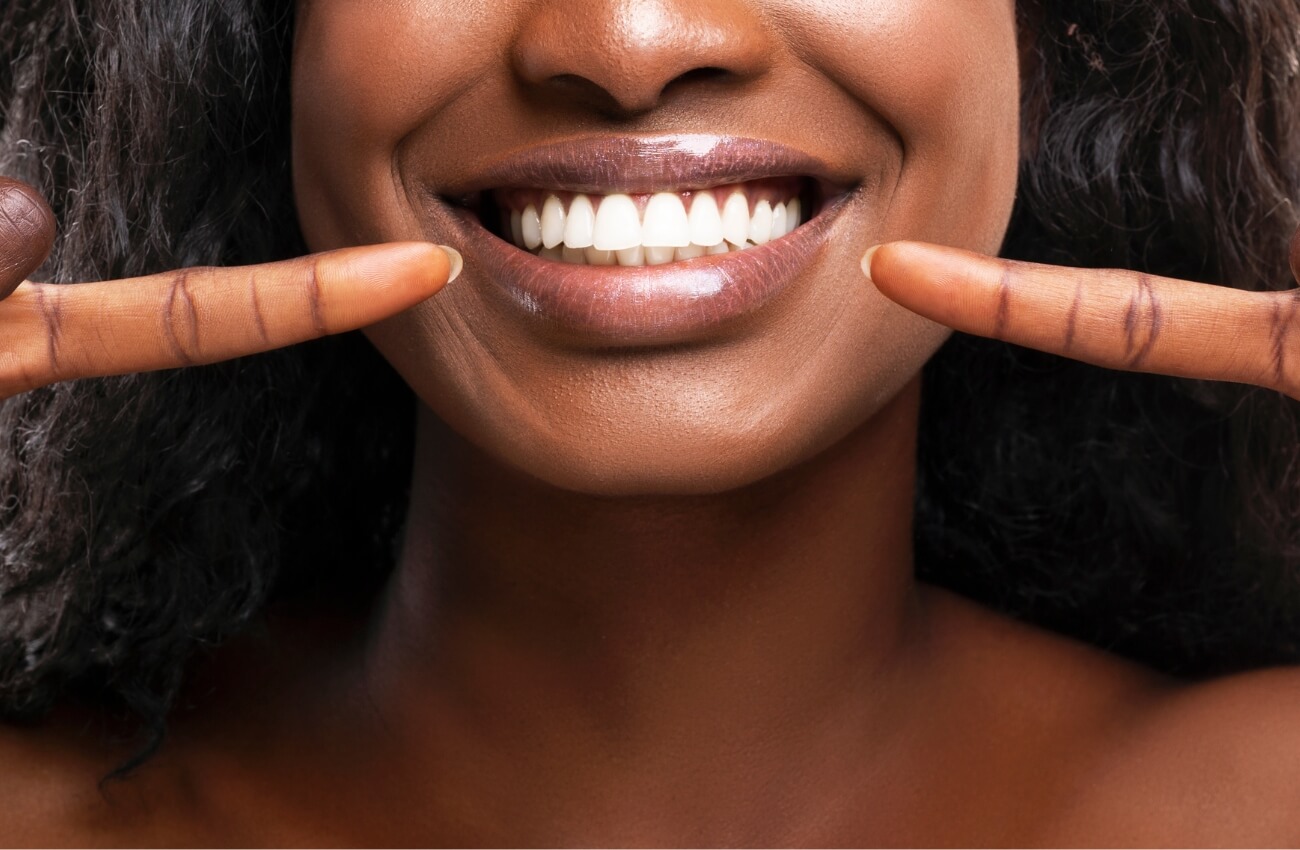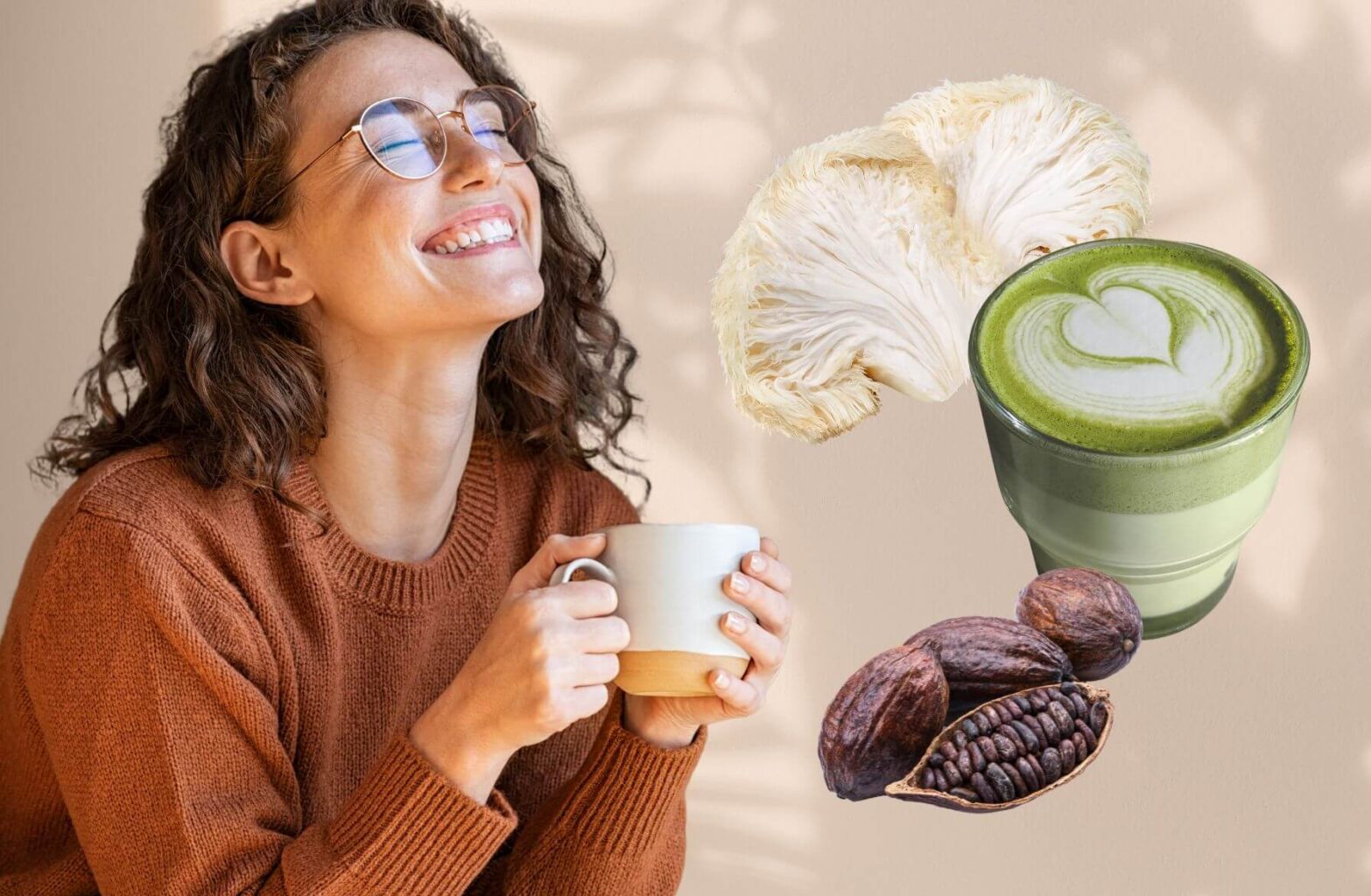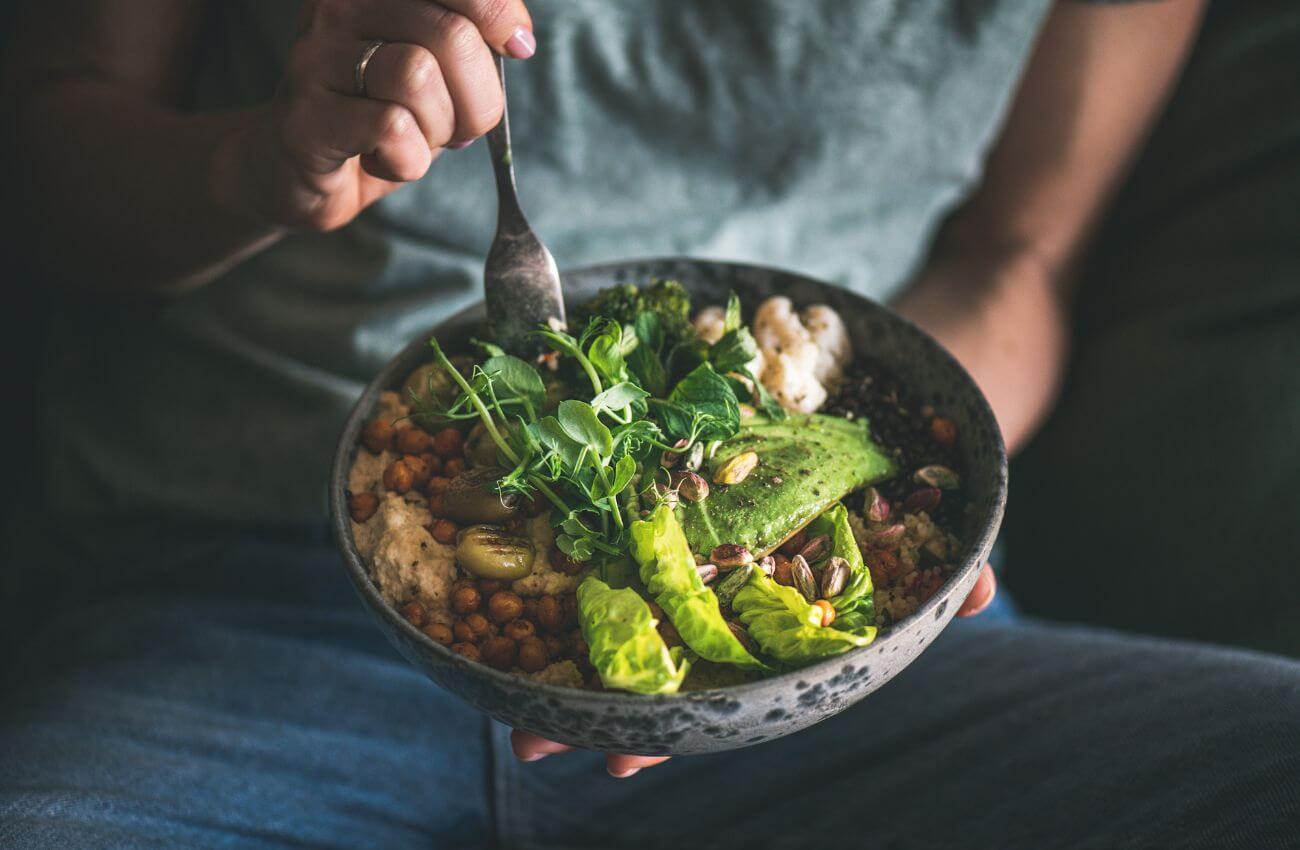When it comes to eating for your menstrual cycle, you probably already know that what you eat plays a big role in helping balance your hormones. But did you know that eating certain foods at different times of the month can also help you alleviate period cramps, PMS, clear out your skin and improve your mood? We’ve broken down the best types of food you should eat during each phase of your cycle for optimum health inside and out.
If you’re interested, we also have the low-down on exercise for your menstrual cycle.
Eating For Your Menstrual Cycle: The Menstruation Phase
This phase typically lasts 3 to 7 days and begins when bleeding starts and the lining of your uterus starts shedding. During this phase of your cycle, the aim will be to help support your body by replacing what it’s loosing. The low mood which often accompanies this phase of your cycle is mostly due to the sudden drop in hormones (particularly progesterone) which is what triggers the shedding. Your energy is at its lowest and this is often the phase where women will struggle with Anemia and IBS flare ups. Which makes it all the more important to make sure you’re eating well for your menstrual cycle. If you like to do the occasional fasting or intermittent fasting, try to avoid this during your period.
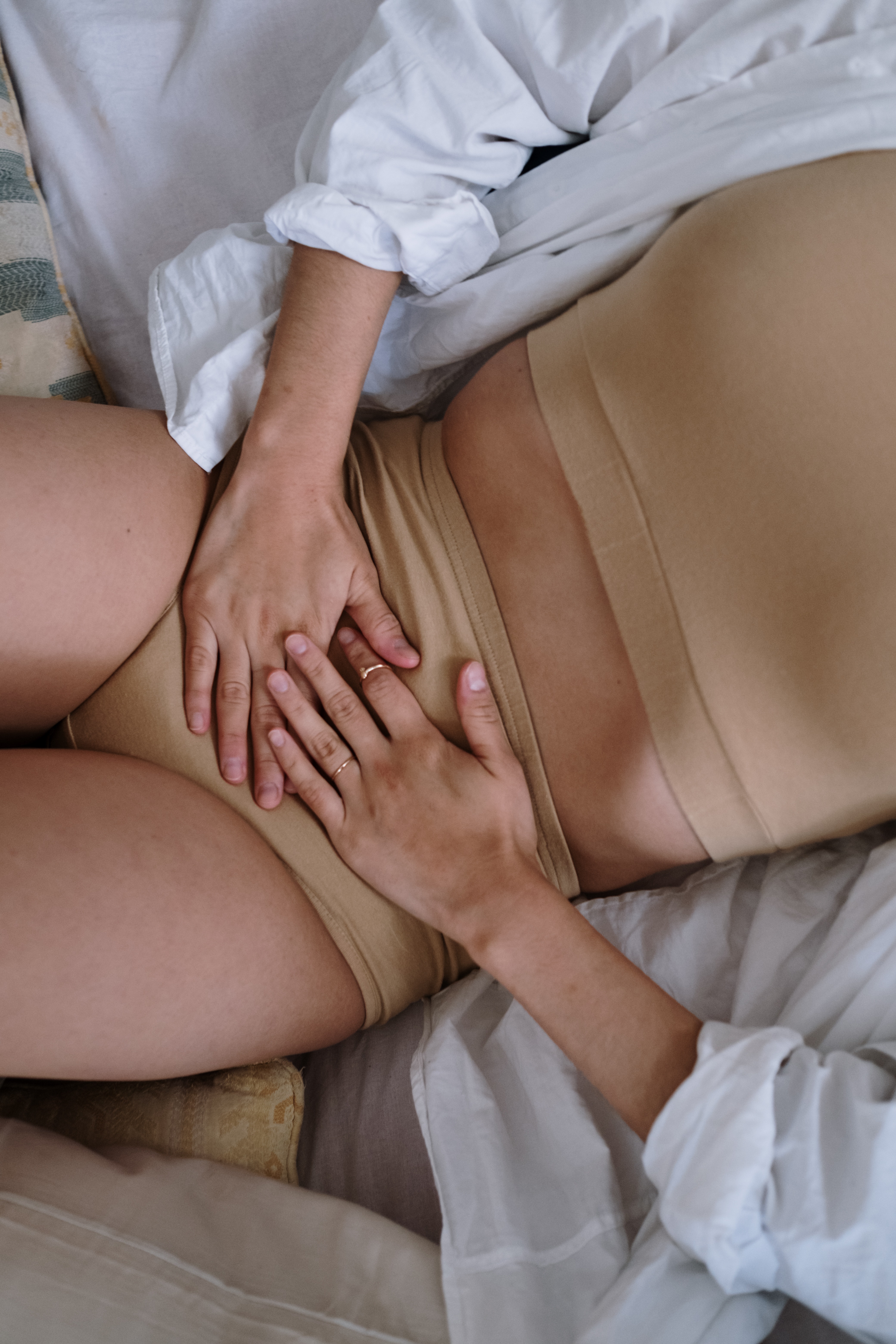
Savoury Foods
During this phase, you’re going to want to focus on iron rich foods such as grass-fed animal protein, dark green leafy vegetables such as spinach or cavolo nero, kidney beans/chickpeas and nuts. You also want to add plenty of food rich in Vitamin C and Zinc to help support your immune system (colourful veggies, nuts and whole grains). It’s also a good time if you’re not vegan and vegetarian to consume bone broth which will help your collagen levels and provide a lot of nutrients which could be getting depleted because of the bleeding.
Sweet treats
Menstruation is often a time of intense sweet cravings for women. But it’s also a time where you should particularly watch out to not get your blood sugar levels too high as that’s a phase where they will tend to go up on their own. Instead, try snacking on dark chocolate when you feel like having something sweet (70% and upwards). Dark chocolate is rich in magnesium, Vitamin B12 and Zinc and Selenium which all help support your body during menstruation. You can also snack on dates, which although high in sugar, have a low glycemic index. These are high in antioxidants, Potassium and Copper.
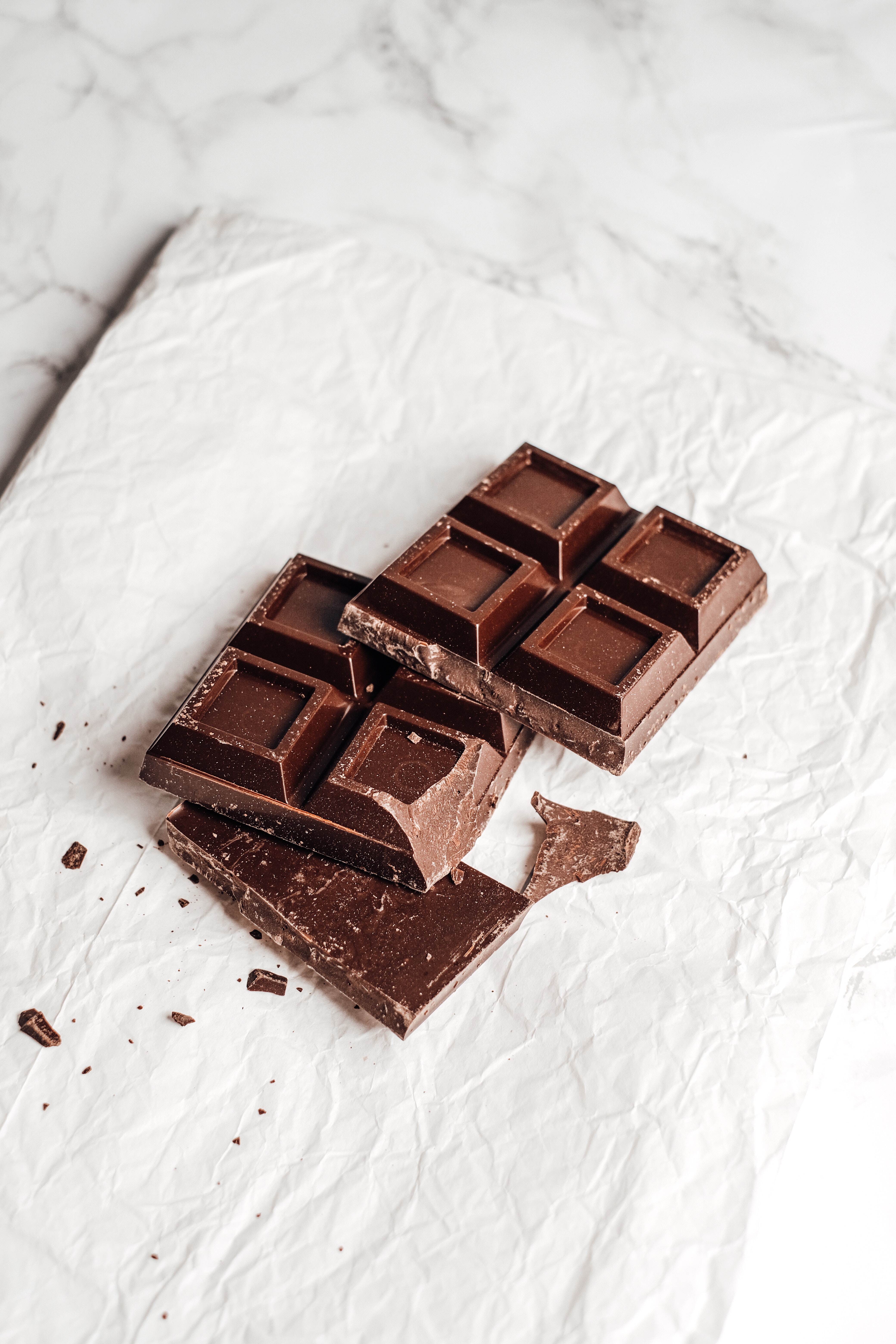
Seed Cycling
Seed cycling is a hormone supporting practice during which you alternate adding various types of seeds to your food based on their nutritional values and benefits for the different phases of your cycle. It’s best to grind these and they can then be added to your smoothies, yogurt, salads etc.. During menstruation and up to the day before your predicted ovulation, you should be adding one tablespoon a day of pumpkin seeds and one tablespoon of raw flaxseeds.
Beverages
With low energy during menstruation, you might be tempted to down a couple of coffees a day. But coffee can actually increase period cramps and digestive distress. If you feel the need to add caffeine to your day, try reaching out for Green Tea or Matcha tea instead. It has less caffeine so will give you a more subtle slow burning energy. And it’s full of EGCG, an antioxidant component which helps fight inflammation in the body.
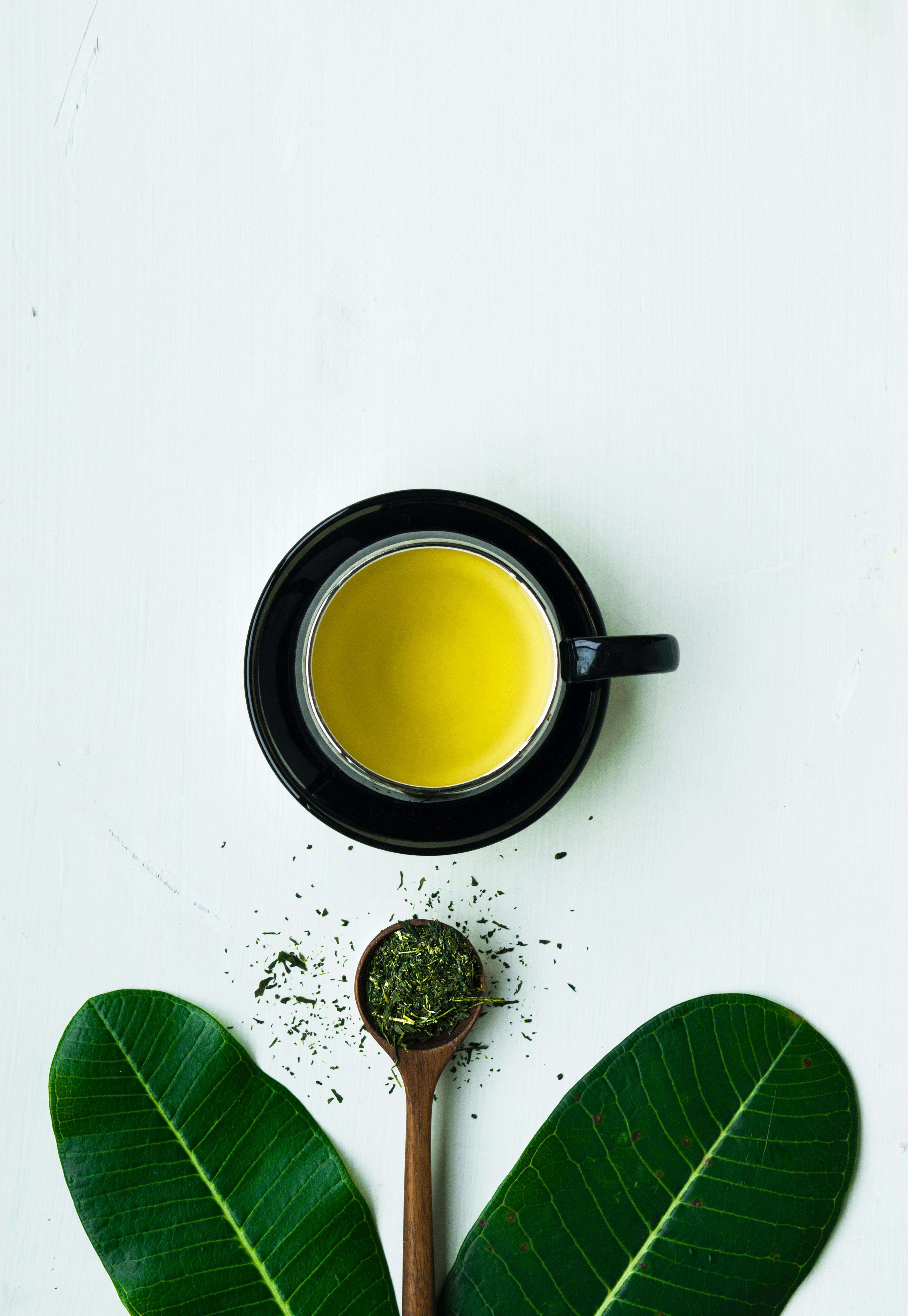
Supplements
Unless you’re pregnant or have been advised by your GP that you need to, most people eating a varied and nutritious diet will not have to supplement daily (apart from Vitamin D from October to April each year depending on where you live). However, if you would still like to use daily supplements in addition to our eating for your menstrual cycle tips in this article, certain supplements can be appropriate throughout your cycle. During your menstruation, you might want to look at supplementing with:
- Iron supplements (only if you have been confirmed as having an iron deficiency)
- Prebiotics and probiotics (to help keep a health gut microbiome/ click here for our favourites)
- Magnesium (to help with cramping and mood)
- Zinc (as mentioned above)
- Omega 3 (click here for our favourite)
Eating For Your Menstrual Cycle: The Follicular Phase
This phase starts on the first day after your period finishes and will usually last 10 to 12 days up until ovulation. FSH stimulates the follicles containing the egg. The pituitary gland then starts production of the luteinising hormone (aka LH) to start ovulation and the release of the egg. During this phase, hormones slowly ramp back up following menstruation and you might begin to notice a similar increase in your energy levels and mood. If you like to do fasting, this is a good time for intermittent fasting but try to avoid fasting for longer than 18 hours.

Savoury Foods
When it comes to eating for your menstrual cycle, the follicular phase is the ideal time to eat foods that will help balance your oestrogen levels. Think healthy fats and omega-3 rich foods such as nuts, avocados, wild-caught salmon, coconut oil, grass-fed ghee. This is a time when oxidative stress can take its toll on the body so it’s important to help fight off free-radicals by eating lots of cruciferous vegetables such as broccoli, kale, cabbage or cauliflower. The follicular phase is also a great time to ramp up your intake of fermented foods such as Kimchi or yogurt with live cultures.
Sweet Treats
Your metabolic rate is at its lowest point during your follicular phase so it’s important to reduce the amount of sugar during this time. When the cravings hit, try going for dark chocolate or fruits that are lower in sugar such as berries.
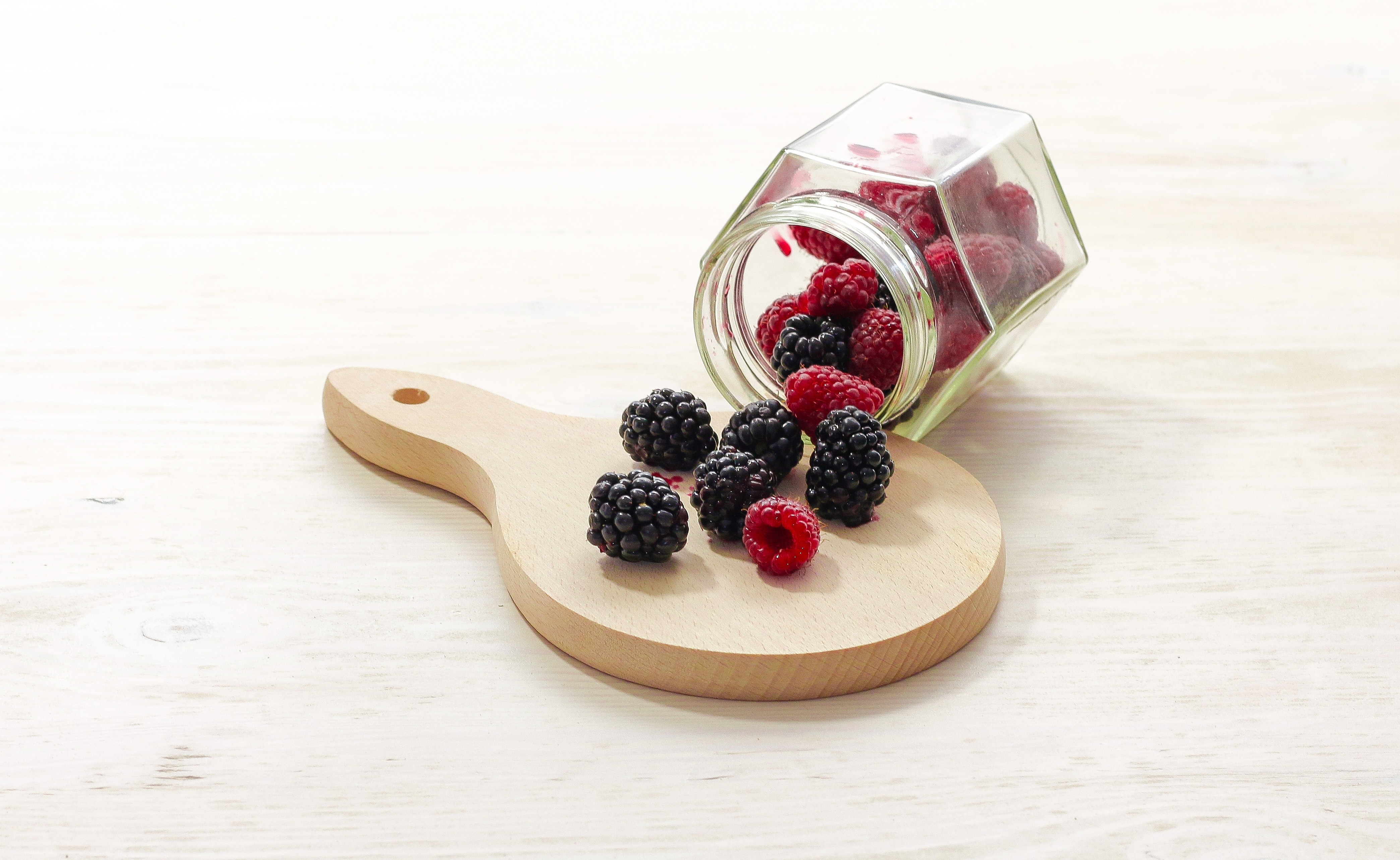
Seed Cycling
During your follicular phase, you can continue with the same seeds as during your menstruation. During menstruation and up to the day before your predicted ovulation, you should be adding one tablespoon a day of pumpkin seeds and one tablespoon of raw flaxseeds.
Beverages
With your period behind you, you can resume your coffee intake although try to stay with only one cup of coffee a day and having your other cups as green teas, infusions or decaf instead. It’s also a great time to add in fermented drinks such as Kefir or Kombucha.
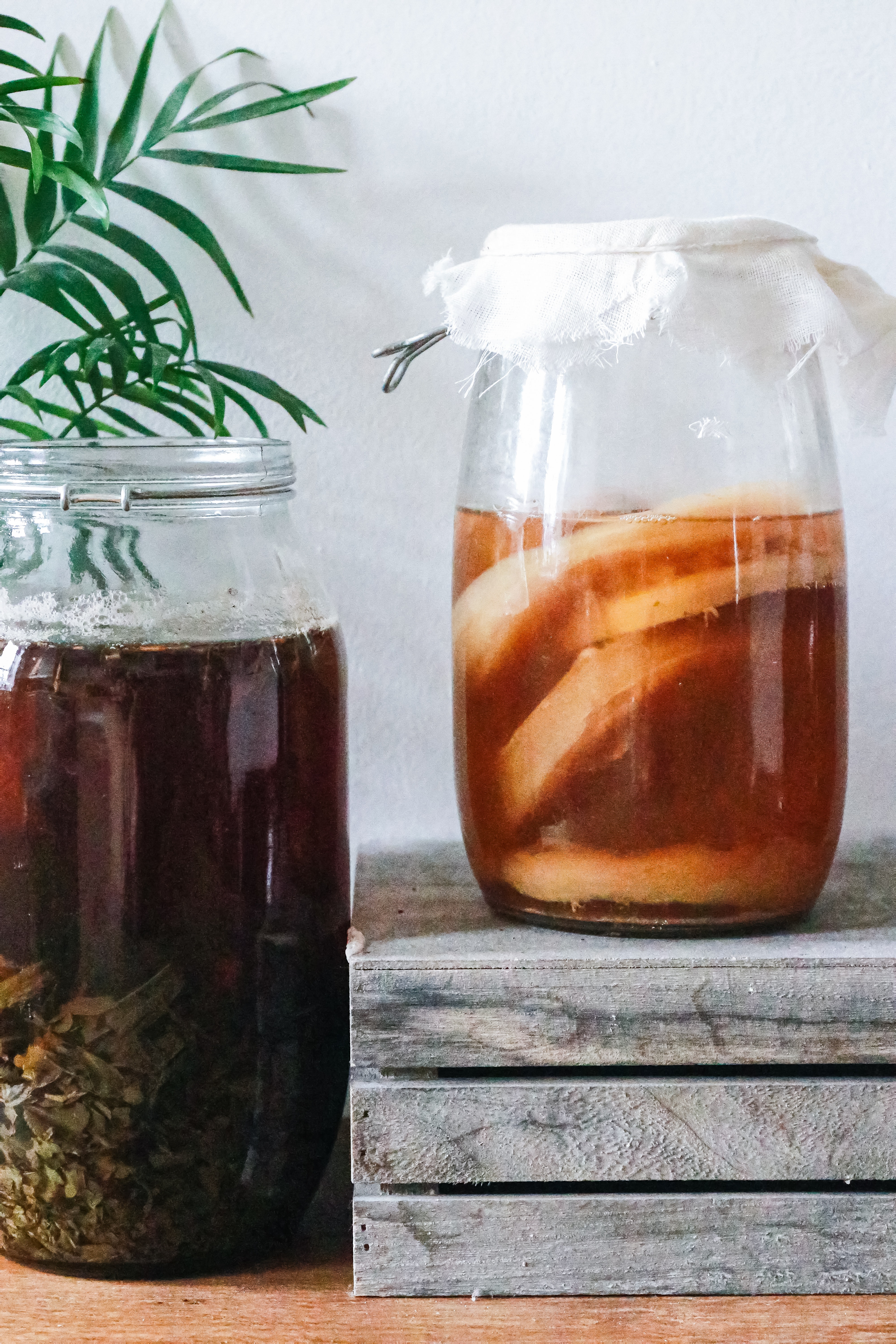
Supplements
During your follicular phase in addition to eating for your menstrual cycle, you could supplement with:
- Omega-3 (click here for our favourite)
- CoQ10 (particularly if you’re planning to conceive at some point in the future/ click here for our favourite)
- Vitamin B complex (click here for our favourite)
Eating For Your Menstrual Cycle: Ovulation
Ovulation occurs from the release of the egg and only last 2 to 3 days. A sign that you’re approaching ovulation is an increase in your discharge. You will feel a big boost in your energy levels and mood during this phase due to testosterone and oestrogen being at their peak. You’re also likely to feel a big ramp up in your sex drive. Your skin will be glowing and plump during this time although some women might also deal with spots during this phase (particularly around the cheeks and chin). Eliminating excess oestrogen and helping the liver eliminate any excess oestrogen during this phase is crucial for clear skin and hormonal balance. If you’re a fan of fasting, this is a good time for intermittent or prolonged fasting (up to 24 hours).
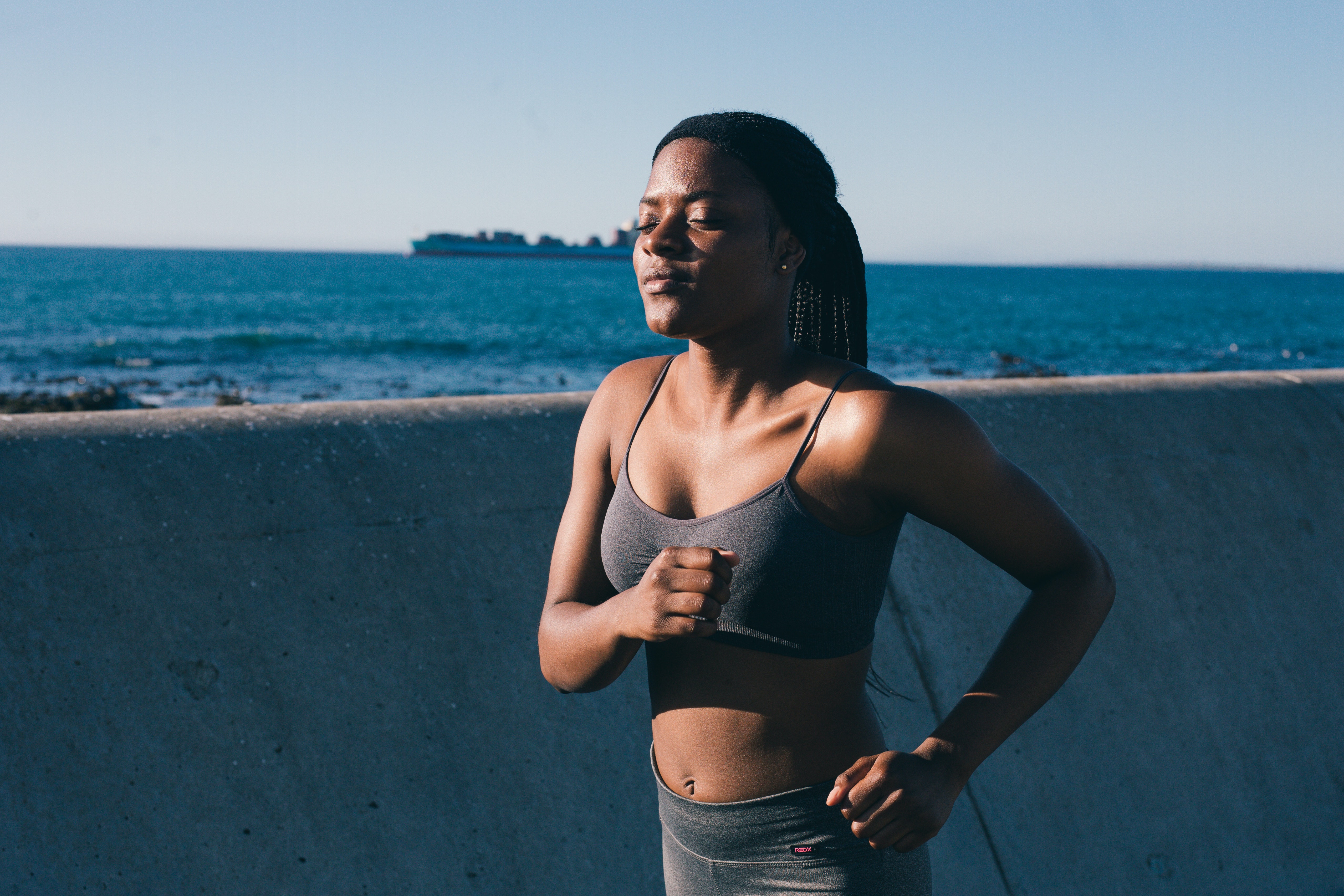
Savoury
To help with eliminating excess oestrogen, you will want to focus on consuming a lot of cruciferous vegetables (broccoli, cabbage, brussel sprouts etc..). Make sure you also include other types of veggies such as raw carrots, courgettes, onions. It’s a great time to include light but nourishing foods such as cold water fish (cod, haddock, sardines).
Sweet Treats
Ovulation is a great time to ramp up your consumption of fresh fruits although always pay attention to your blood sugar levels. Fruits with a low to moderate GI index are: berries, cherries, grapefruit, figs, green apples. And try to stay away from high GI fruits such as grapes and watermelon.
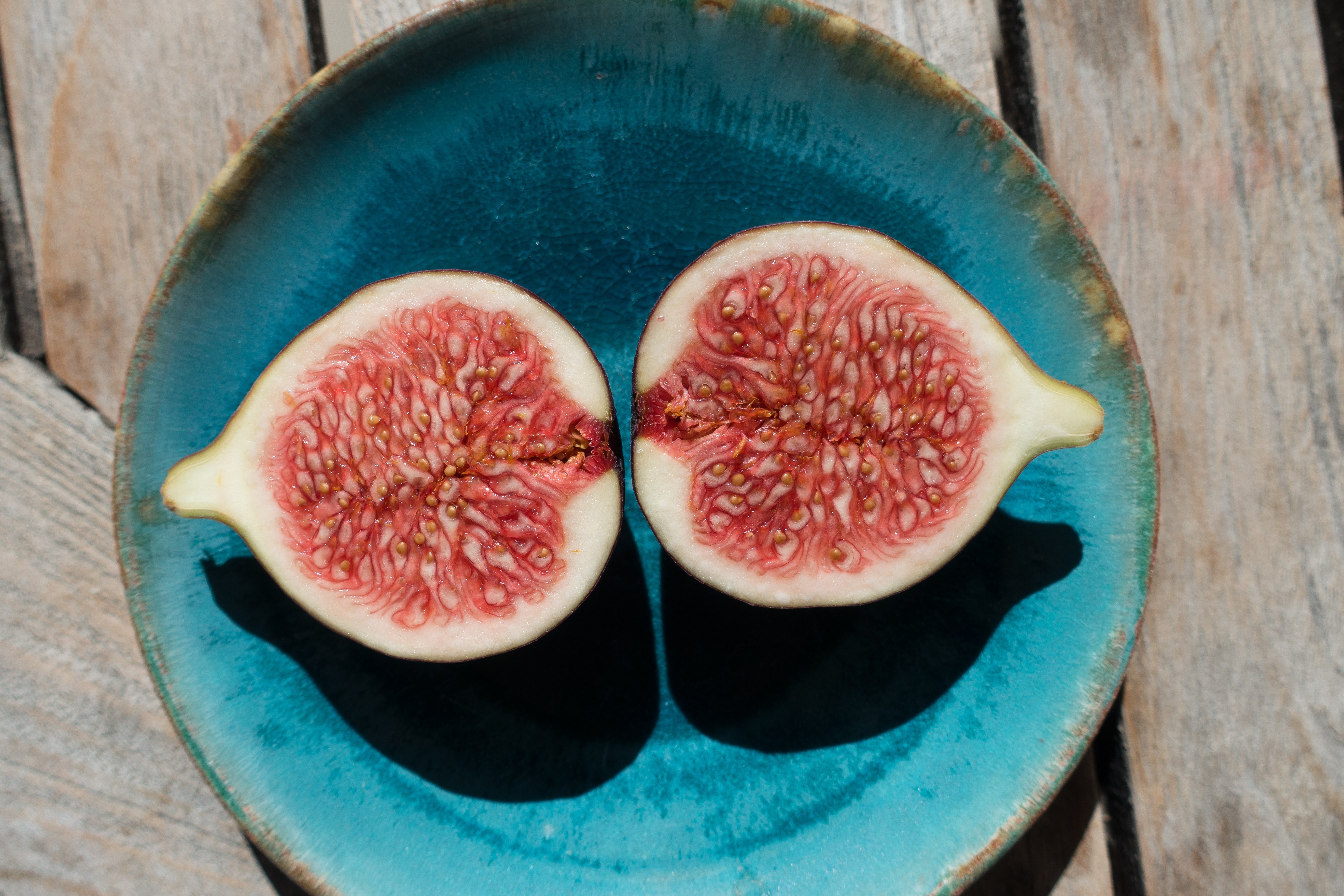
Seed Cycling
During ovulation and the luteal phase of your cycle, you’re going to want to incorporate sesame seeds and sunflower seeds into your diet. These can be eaten whole as a snack or crushed into your smoothies or salads.
Beverages
Smoothies are a great option during ovulation as they can help you increase your daily consumption of fresh fruits and vegetables. When making a smoothie, try to stick to a ratio of 60-40 (60% vegetables and 40% fruits) or 70-30 (70% vegetables and 30% fruit).
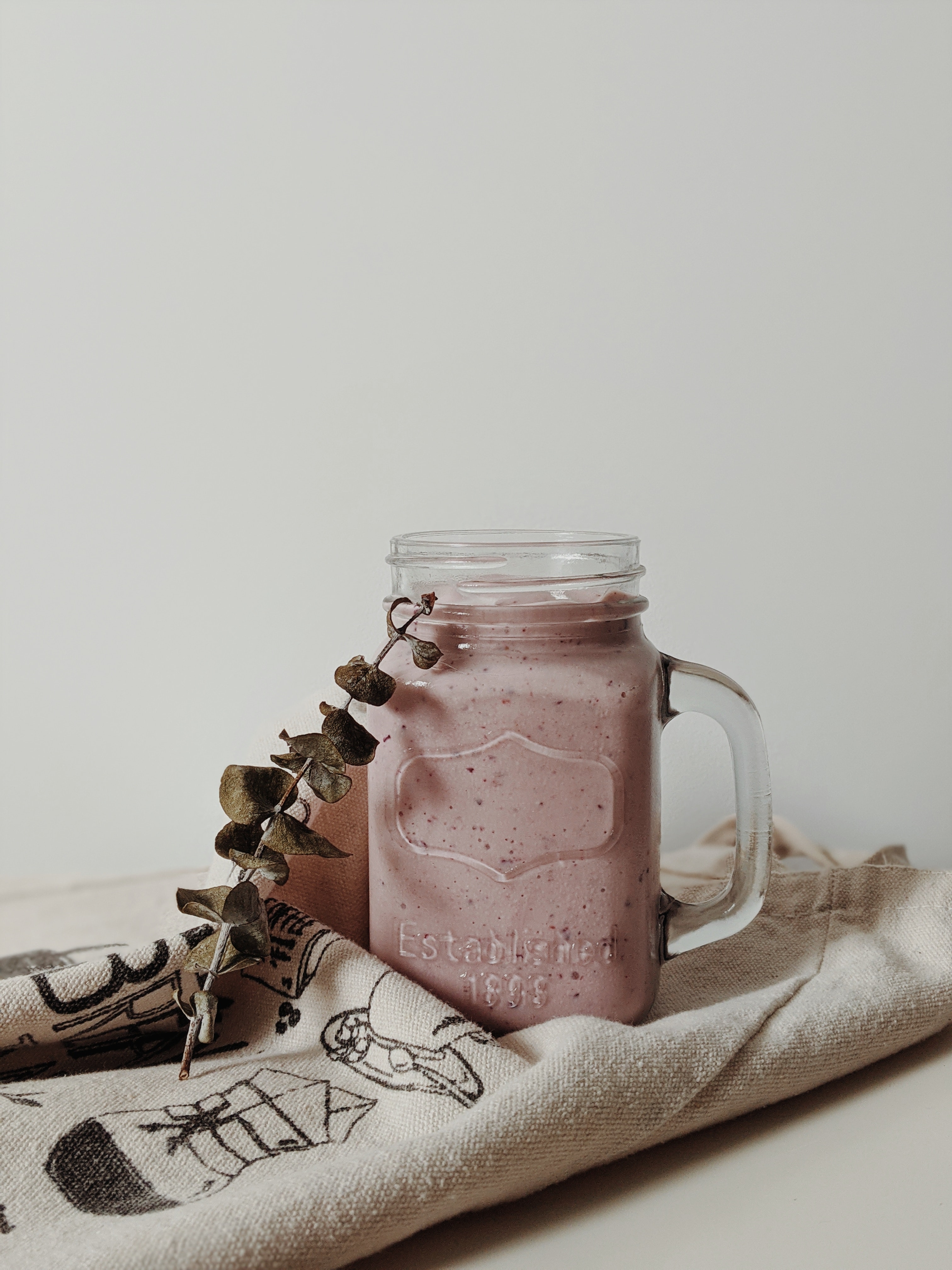
Supplements
Ovulation is a great time to include cruciferous vegetable extract into your daily supplements. You can find these ones on Amazon for example. In addition to the above tips for eating for your menstrual cycle, these cruciferous vegetable extra supplements can help further flush out your excess oestrogen and increase your phytonutrients.
Eating For Your Menstrual Cycle: The Luteal Phase
Your luteal phase starts from the first day after your ovulation finishes up until the start of your period (about 10 to 14 days on average). During this phase, your resting metabolic rate will increase which means you will burn more calories during the day at rest. You will find your cravings increase during this time particularly your cravings for sweet things and carbohydrates. If you like doing fasting, we wouldn’t recommend doing more than a 16 hour fast during this phase.
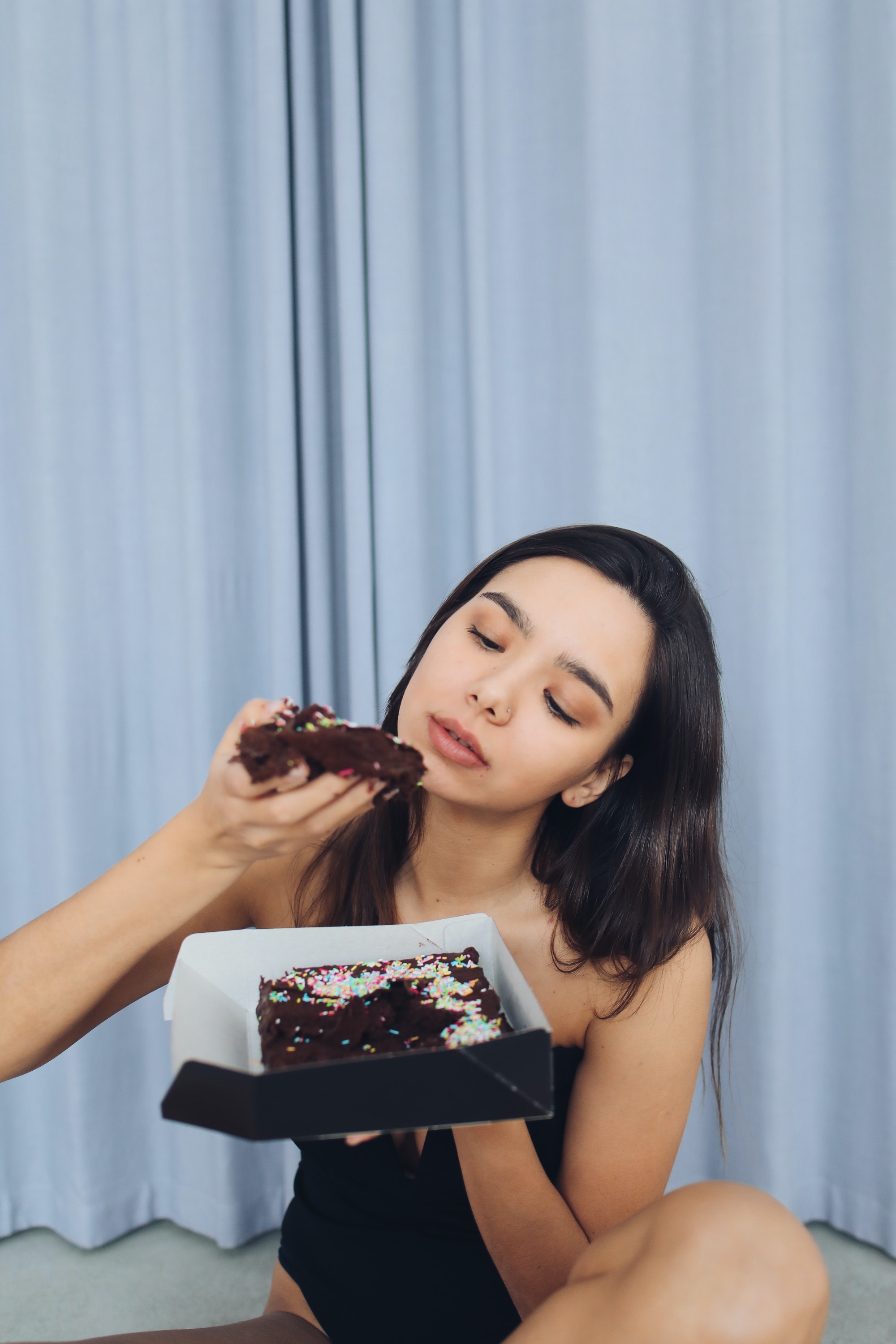
Savoury
As mentioned above, your cravings can be through the roof during this phase. To help combat these, it’s important to slightly increase your calorie intake during your luteal phase (50 to 100 calories per day) and include healthy carbohydrates into your diet in addition to your usual vegetables (sweet potatoes, quinoa, brown rice).
Sweet Treats
This will be a phase where you’re likely to reach out for refined sugars and have intense cravings. Dark chocolate (above 70%) is again a good alternative to keep you satisfied in your cravings. Try to go for dark chocolate made with coconut sugar instead as it has a lower GI index but will still give you the sweetness you crave. If you really can’t help yourself but reach for the sugared donut or pastries during this time, that’s okay! It’s important to be kind to yourself and part of healthy eating is also learning to let go and give into your cravings occasionally.

Seed Cycling
As mentioned above, during your Luteal phase, you’re going to want to include 1 tablespoon of sesame seeds and 1 tablespoon of sunflower seeds into your diet each day.
Beverages
It’s particularly important during this phase of your cycle to try and stay away from alcoholic drinks, especially as you edge closer to your period. This is because alcohol will naturally increase the level of inflammation in your body and can negatively impact your gut microbiome which in turn could make your PMS symptoms worse. If you’re going to an event where you will be drinking, try to supplement with pre and probiotics the next morning.
Supplements
During your luteal phase, you’re going to want to help your body’s production of progesterone. Magnesium and Chasteberry (also known as Agnus Castus) extract can help with this. Your luteal phase is also good time to ramp up your intake of Vitamin C. So if you don’t feel like you’re getting enough of this naturally in your diet, try taking Liposomal Vitamin C daily.

